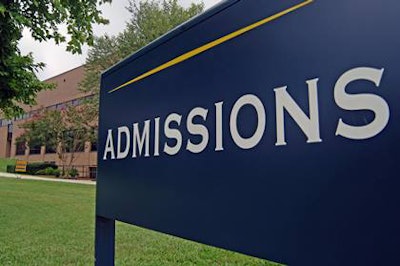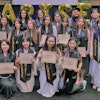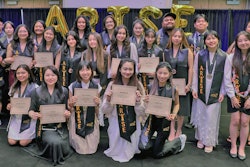
A new college admissions guidebook, Earning Admission: Real Strategies for Getting into Highly Selective Colleges, authored by admissions strategists Greg Kaplan and Linda Wang, looks at the challenges in the admissions process. A Mandarin version of the guidebook, published in June, looks at the admissions process from the Asian American perspective. Kaplan and Wang will publish a guidebook in Korean in August.
The consideration of an applicant’s race still plays a part in the admissions process at many of the nation’s most selective colleges and universities, many of which want to build a racially and ethnically diverse class. Affirmative action policies, which have come under fire over the decades, also scored a win in the recent Supreme Court decision in Fisher v. the University of Texas at Austin case. While the Fisher case applies primarily UT Austin’s unique holistic review practices, it gives other institutions a yardstick by which to measure their own holistic review practices.
Not all Asian American advocacy groups embrace affirmative action, however, as evidenced by a series of lawsuits filed against universities alleging discrimination against Asian Americans. A number of Asian American coalitions have filed complaints with the U.S. Department of Justice and Department of Education, asking them to investigate the admissions practices at elite institutions to see if anti-Asian American bias is at play.
As the argument goes, by allowing for the consideration of race in the admissions process, Asian Americans are allegedly competing against other Asian American in the admissions process, which in turn creates a hypercompetitive admissions environment for that particular demographic.
While Kaplan did not weigh in on the strength of these complaints and lawsuits, he said that, among the families he works with, there is the sense that the stakes keep rising in the college application process. “What we try to do is offer families a way to differentiate their child so they don’t feel like they’re being compared solely against other high-performing Asian American applicants,” he said.
Kaplan’s message for prospective applicants is a relatively straightforward one: identify what you are passionate about and cultivate that. Students can differentiate themselves from the rest of the crowd by focusing their energies in a particular area where they have the best chance of excelling.















